Filter by
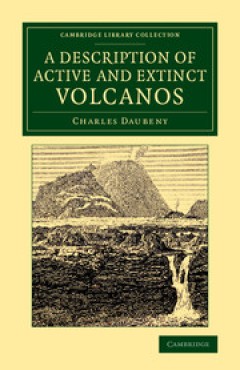
A Description of Active and Extinct Volcanos
First published in 1826, at a time when the earth sciences were in a state of confusion and controversy, this pioneering study of volcanic action by Charles Daubeny (1795–1867) was significant in promoting the scientific method and the science of geology, at the same time establishing the author's international reputation. Having studied medicine, Daubeny increasingly turned his attention to …
- Edition
- -
- ISBN/ISSN
- 9781107478671
- Collation
- -
- Series Title
- Cambridge Library Collection - Earth Science
- Call Number
- -
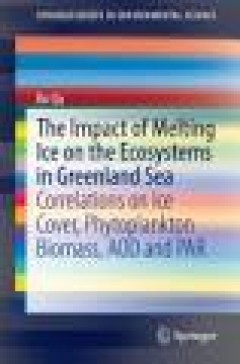
The Impact of Melting Ice on the Ecosystems in Greenland Sea
Arctic marine ecosystems are largely impacted by changes associated with global warming. The sea ice in Greenland Sea plays an important role in regional and global climate system. The book investigate the relationships between phytoplankton biomass, measured using remotely sensed chlorophyll-a (CHL), aerosol optical depth (AOD) and sea-ice cover (ICE) in the Greenland Sea (20°W-10°E, 65-85°…
- Edition
- 1
- ISBN/ISSN
- 978-3-642-54498-9
- Collation
- X, 86, 46 b/w illustrations, 10 illustrations in colour
- Series Title
- SpringerBriefs in Environmental Science
- Call Number
- -
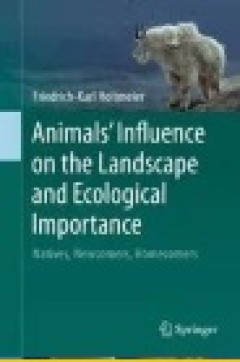
Animals' Influence on the Landscape and Ecological Importance: Natives, Newco…
In its first English-language edition, this book introduces the many-faceted interactions of animal populations with their habitats. From soil fauna, ants and termites to small and large herbivores, burrowing mammals and birds, the author presents a comprehensive analysis of animals and ecosystems that is as broad and varied as all nature. Chapter 2 addresses the functional role of animals in l…
- Edition
- Ed. 1
- ISBN/ISSN
- 978-94-017-9294-3
- Collation
- XXXI, 522
- Series Title
- -
- Call Number
- 363.7 HOL a

The Greenhouse Gas Balance of Italy
The book addresses in a comprehensive way the full greenhouse gases budget of the Italian landscape, focusing on land use and terrestrial ecosystems. In recent years there has been a growing interest in the role of terrestrial ecosystems with regard to the carbon cycle and only recently a regional approach has been considered for its specificity in terms of new methodologies for observations an…
- Edition
- 1
- ISBN/ISSN
- 978-3-642-32424-6
- Collation
- VIII, 211, 27 b/w illustrations, 30 illustrations in colour
- Series Title
- Environmental Science and Engineering
- Call Number
- -
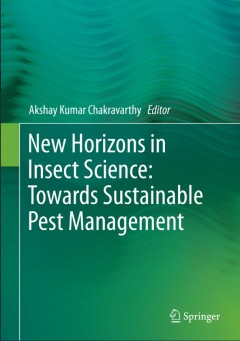
New Horizons in Insect Science: Towards Sustainable Pest Management
Insect science is fast changing as insects are evolving to a plethora of newer chemical molecules, climate change, management tactics and transformation of the landscapes. Through the International Conference, the editors have attempted to gather together newer aspects of Insect Sciences like Insect Taxonomy, DNA Barcoding, Physiology, Toxicology, Vectors and their Management, Molecular Biology…
- Edition
- 1
- ISBN/ISSN
- 978-81-322-2088-6
- Collation
- XXVII, 431
- Series Title
- -
- Call Number
- -
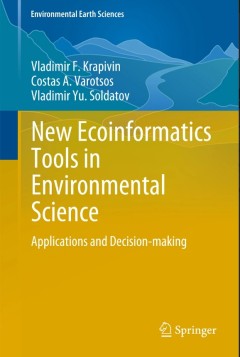
New Ecoinformatics Tools in Environmental Science:Applications and Decision-m…
This book provides new insights on the study of global environmental changes using the ecoinformatics tools and the adaptive-evolutionary technology of geoinformation monitoring. The main advantage of this book is that it gathers and presents extensive interdisciplinary expertise in the parameterization of global biogeochemical cycles and other environmental processes in the context of globaliz…
- Edition
- 1
- ISBN/ISSN
- 978-3-319-13977-7
- Collation
- XXXIII, 903
- Series Title
- Environmental Earth Sciences
- Call Number
- -
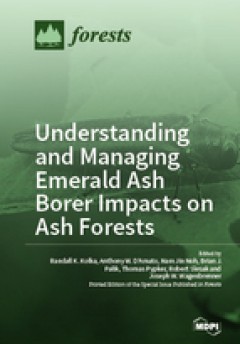
Understanding and Managing Emerald Ash Borer Impacts on Ash Forests
The emerald ash borer (EAB) is rapidly spreading throughout Eastern North America and devastating ecosystems where ash is a component tree. This rapid and sustained loss of ash trees has already resulted in ecological impacts on both terrestrial and aquatic ecosystems and is projected to be even more severe as EAB invades ash dominated wetlands of the western Great Lakes region. We propose a Sp…
- Edition
- -
- ISBN/ISSN
- 978-3-03897-165-8
- Collation
- -
- Series Title
- -
- Call Number
- 628 UND
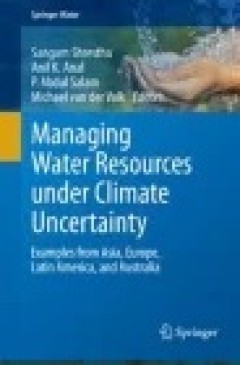
Managing Water Resources under Climate Uncertainty: Examples from Asia, Europ…
This book aims to come up with views to address the queries of planners, policymakers, and general people for water resources management under uncertainty of climate change, including examples from Asia and Europe with successful adaptive measures to change the challenge of climate change into opportunities. The availability of clean water is a major global challenge for the future due to a rap…
- Edition
- -
- ISBN/ISSN
- 978-3-319-10467-6
- Collation
- -
- Series Title
- -
- Call Number
- -

Nucleation of Minerals : Precursors, Intermediates and Their Use in Materials…
Nucleation is the key event in mineralisation, but a general molecular understanding of phase separation mechanisms is still missing, despite more than 100 years of research in this field. In recent years, many studies have highlighted the occurrence of precursors and intermediates, which seem to challenge the assumptions underlying classical theories of nucleation and growth. This is especiall…
- Edition
- -
- ISBN/ISSN
- 978-3-03897-036-1
- Collation
- -
- Series Title
- -
- Call Number
- 613 NUC
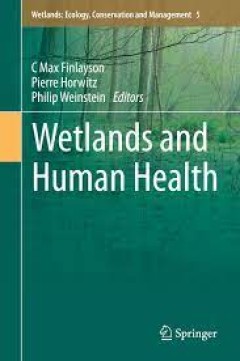
Wetlands and Human Health
The book addresses the interactions between wetlands and human health and well-being. A key feature is the linking of ecology-health and the targeting of practitioners and researchers. The environmental health problems of the 21st Century cannot be addressed by the traditional tools of ecologists or epidemiologists working in their respective disciplinary silos; this is clear from the emergence…
- Edition
- -
- ISBN/ISSN
- 978-94-017-9609-5
- Collation
- XII, 263
- Series Title
- -
- Call Number
- -
 Computer Science, Information & General Works
Computer Science, Information & General Works  Philosophy & Psychology
Philosophy & Psychology  Religion
Religion  Social Sciences
Social Sciences  Language
Language  Pure Science
Pure Science  Applied Sciences
Applied Sciences  Art & Recreation
Art & Recreation  Literature
Literature  History & Geography
History & Geography